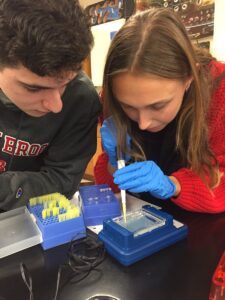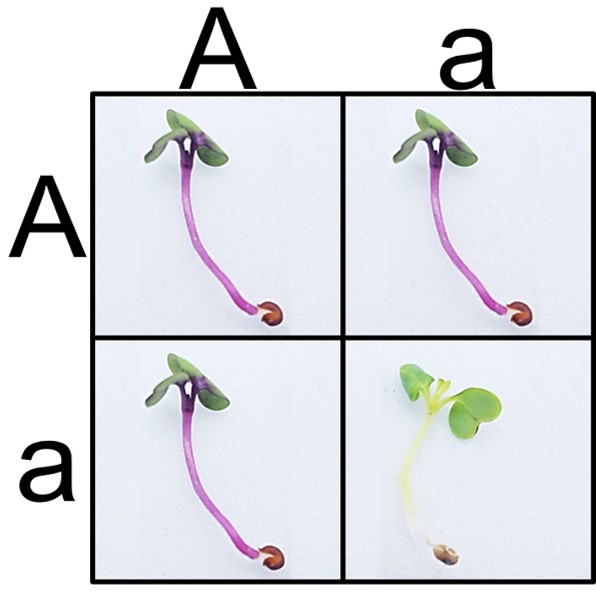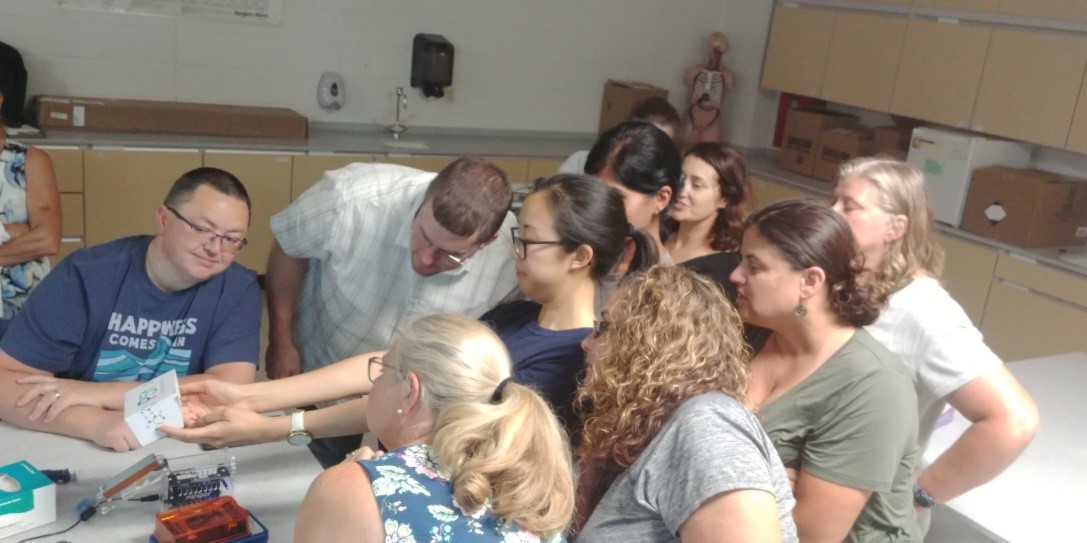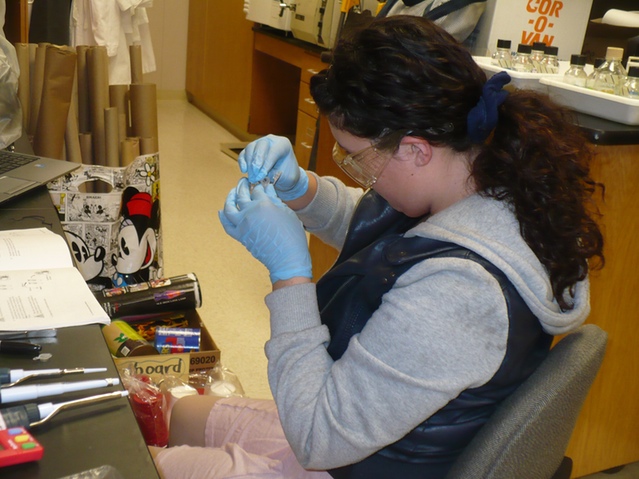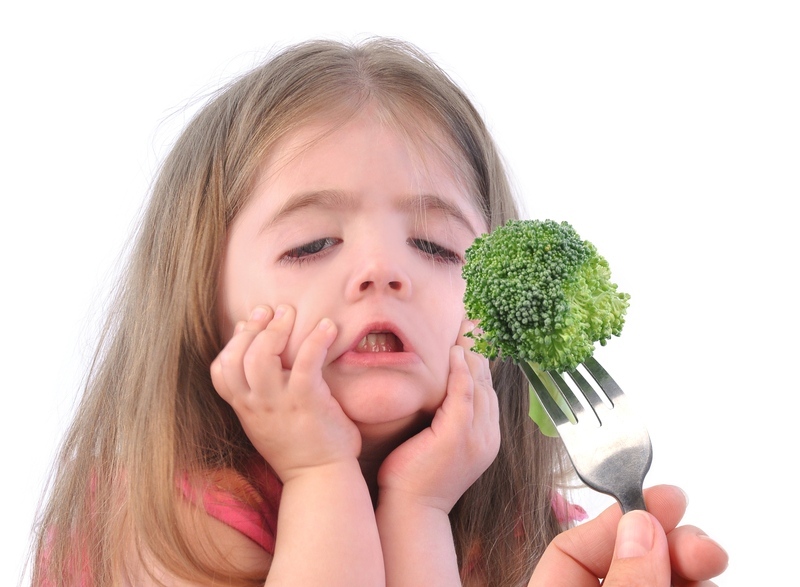Best labs for Project-Based Learning
Project-Based Learning (PBL) asks students to gather critical knowledge through the process of performing a long-term project focused on answering a complex, real-world question. These projects integrate many of the Science and Engineering Practices, including Asking Questions and Defining Problems, Planning and Carrying Out Investigations, and Analyzing and Interpreting Data.
Integrating Project-Based Learning with miniPCR bio™
Integrating Project-Based Learning is easier than ever with miniPCR bio™ Learning Labs™. Learning Lab kits allow students to explore the basis of DNA and heredity through inquiry and discovery. PCR-based labs allow students to explore the world around them with Project-Based Learning approaches. Students can ask questions and make predictions about the plants and fungi in their environment.
 Here are five PCR-based labs that you can use in your classroom to integrate Project-Based Learning:
Here are five PCR-based labs that you can use in your classroom to integrate Project-Based Learning:
- eDNA project: Sampling Soil for Antibiotic Resistance: Allow students to become citizen scientists, partnering with the Prevalence of Antibiotic Resistance in the Environment (PARE) project through Tufts University. Students test and report the presence of tetracycline-resistant bacterial genes found in soil samples. Their findings can join a nationwide database which documents the locations of antibiotic-resistant bacteria.
- GMO Detection Lab: Provide students with the opportunity to address their inquiries regarding whether their preferred foods contain genetically modified organisms (GMOs) using the GMO Detection Lab. Students isolate DNA from food samples, and test for the presence of a common GMO regulatory sequence, to determine if the food they chose to test contains GMO transgenes.
- Mushroom ID Project: Fungal DNA Barcoding Kit: Engage students in the discovery of a wide variety of fungal species with the Mushroom ID project. Students use this kit to identify up to 80 unique fungal barcodes by PCR. The add-on kit allows up to 40 samples to be amplified for sequencing. These samples can be sent to a sequencing lab, to determine the fungal genetic sequence of the ITS region, a region commonly used for fungal identification.
- Bacterial DNA Barcoding Project: 16S rRNA Amplification Kit: Identify the bacterial species within the students’ environment with the Bacterial DNA Barcoding Project. Students isolate and PCR up to 40 bacterial samples. The kit also includes reagents to send 20 of the samples for sequencing, to determine the genus and species of the bacteria students interact with in their everyday lives.
Explain bioethics and human genetics research with our human DNA isolation Learning Lab kits:
Students can identify target genes in themselves and their classmates, and correlate genotype with phenotype. This can be expanded to include testing hypotheses related to genotype and behavior, and the analysis and interpretation of data through student presentation of their results.
- Genotype to Phenotype: PTC Taster Lab: Expand on the traditional phenotype identification of PTC taste with the PTC Taster Lab. Students can use this kit to examine how taste genotype and phenotype relate to a behavior of their choice.
- miniPCR Sleep Lab™ – Lark or Owl?: Explore chronotype identification with the miniPCR sleep lab. Students can use this kit to explore how their chronotype genotype is related to their actual sleep/wake cycles.
Related resources:
- Tutorial: Cheek cell extraction
- DNA dots – simple two-page readings in non-technical language explaining cutting-edge biotechnology
- miniPCR Tutorials – videos, worksheets, readings, and more to introduce your students to biotech methods like PCR and gel electrophoresis

